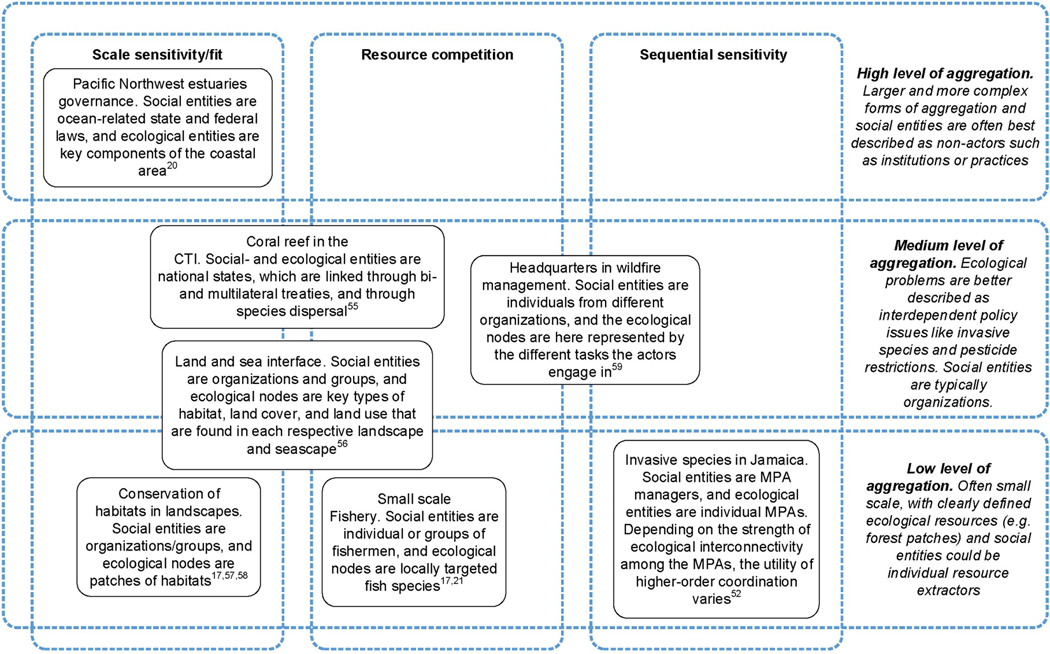Fig 2. A heuristic for facilitating comparable social-ecological network studies.
The matrix serves as an initial foundation, together with the typology of causal relationships in Table 1, for gathering and synthesizing studies across contexts in an effort to develop empirically informed insights regarding the causal relationships between social-ecological structures, processes, and outcomes. The columns capture different core governance challenges, and the rows different levels of aggregation. Comparisons within a matrix element (i.e., a row and a column) can reveal insights across different contexts for a given level of aggregation and core governance challenge. Comparisons across core governance challenges for a given level of aggregation (an entire row, or certain sets of individual core challenges) can reveal generic insights valid across different core governance challenges. Comparison across levels of aggregation for a given type of core governance challenge can provide insights both within and across aggregation levels, and also get at cross-level interdependencies (or identify possible “scale breaks” where e.g. insights applicable at a certain level do not hold as the level of aggregation changes). There are more core governance challenges than what is depicted here, and future research might described/categorized them in other ways. Further, any given case often experiences more than one core governance challenge; thus some cases will apply to (and thus appear in) more than one column (observe that a case might appear in two core challenges not next to each other as they are visually presented here).

